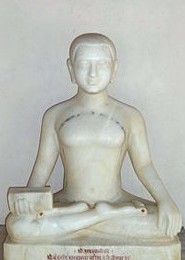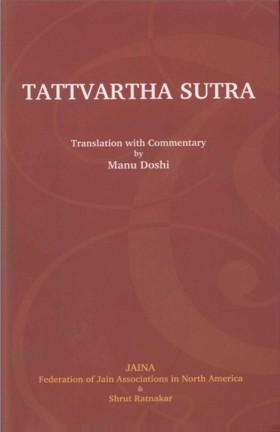02.10 Sansārino Muktāshcha
Audio: Sanskrit: संसारिणो मुक्ताश्च ।
Hindi: जीव के संसारी और मुक्त ये दो विभाग है ।
02.11 Samanskā'manaskāh
Audio: Sanskrit: समनस्काऽमनस्का ।
Hindi: संसारी जीव मनसहित एवं मन रहित हैं।
02.12 Sansārinastrassthāvarāh
Audio: Sanskrit: संसारिणस्त्रसस्थावरा: ।
Hindi: तथा वे त्रस एवं स्थावर हैं।
02.13 Prthivyambuvanaspatayah Sthāvarāh
Audio: Sanskrit: पृथिव्यम्बुवनस्पतय: स्थावरा: ।
Hindi: पृथिवीकाय, जलकाय और वनस्पतिकाय ये तीन स्थावर हैं।
02.14 Tejovāyoo Dwindriyādayashcha Trasah
Audio: Sanskrit: तेजोवायू द्विन्द्रियादयश्च त्रसा:।
Hindi: तेज:काय, वायुकाय और द्विन्द्रिय आदि त्रस हैं।
02.10-14
English: These sutras give the classification of souls by their state, mental capability and mobility. All the souls can be divided in two broad categories of those belonging to the worldly state and the liberated state. The worldly souls are sub-divided in two sub-categories of those having mind and those not having mind. They can also be sub-divided as mobile and immobile beings. The former are termed as Tras and the latter as Sthāvar. Earthly beings, aquatic beings and plant life are immobile and are therefore termed as Sthāvar, other living beings are mobile and are termed as Tras. It should be noted that the lustrous and gaseous beings, which are usually considered as Sthāvar, are here termed as Tras on the ground that they happen to move.
 Acharya Umaswati
Acharya Umaswati
